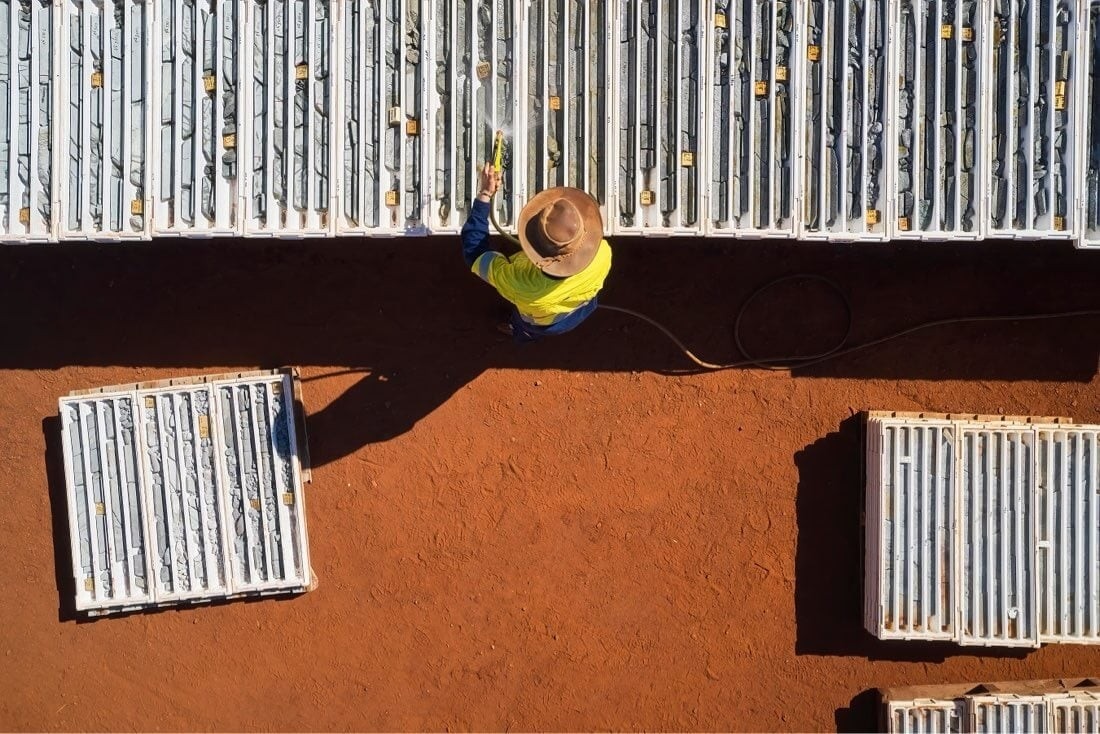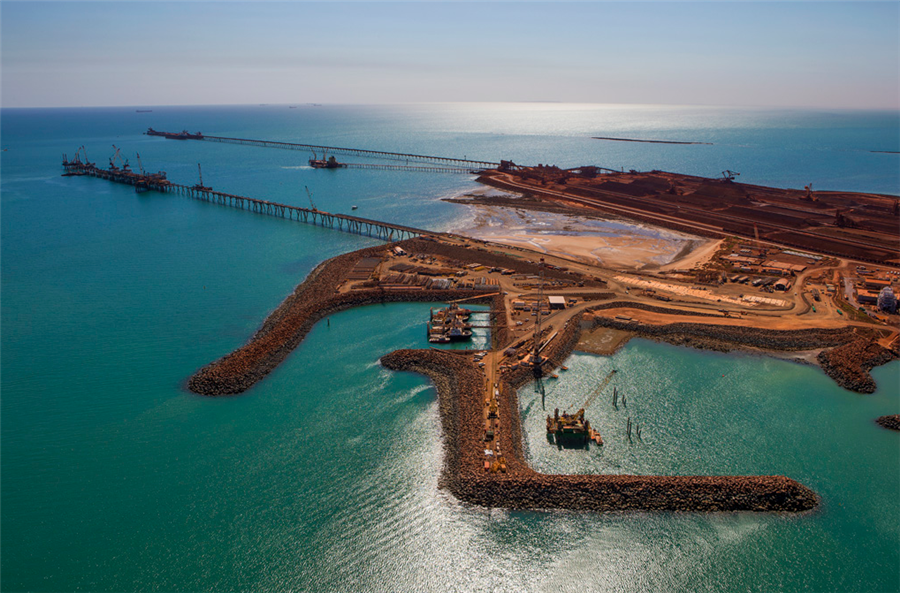Antarctic ice shows traces of Martian mineral
Researchers trying to understand ice age cycles by examining deep ice cores in Antarctica found jarosite, a mineral that is abundant on the Martian surface.
In a study published in the journal Nature Communications, the scientists said this finding is important because it may help confirm previous theories that suggest there has been water on Mars. This is because on Earth, jarosite is rare and when it forms, it does so as the result of low-temperature acidic-oxidative weathering of iron-bearing minerals in water-limited settings. It may also appear as a byproduct of zinc refining.
The yellow-brown mineral was detected with X-ray absorption testing and electron microscopy in samples found below 1000 metres depth
The researchers believe their discovery backs a theory that suggested that Mars may have been covered by an ice blanket billions of years ago and that this coverage had dust blowing into it, thus, leading to the formation of jarosite in ice pockets.
In Antarctica, the team led by Giovanni Baccolo from the University of Milano-Bicocca detected the yellow-brown mineral with X-ray absorption testing and electron microscopy in samples found below 1000 metres depth.
Jarosite was adhering to residual silica-rich particles, which have been identified in the Talos Dome ice core and interpreted as products of weathering involving aeolian dust and acidic atmospheric aerosols.
“The progressive increase of ice metamorphism and re-crystallization with depth, favours the relocation and concentration of dust and the formation of acidic brines in isolated environments, allowing chemical reactions and mineral neo-formation to occur,” the paper reads. “This is the first described englacial diagenetic mechanism occurring in deep Antarctic ice and supports the ice-weathering model for jarosite formation on Mars.”
Even though their findings back the model, they still have to come up with a solid explanation as to why Antarctica contains small amounts of jarosite while on the red planet the mineral is found in large slabs.
More News
Northern Star crosses last major hurdle in De Grey takeover
April 16, 2025 | 03:46 am
Pilbara Rail Maintenance wins operational excellence award at Rio Tinto supplier gala
April 15, 2025 | 05:07 pm
{{ commodity.name }}
{{ post.title }}
{{ post.date }}




3 Comments
Ralph W Rushton
I’m curious as to why there’s an inference that jarosite is somehow rare on earth. Wherever there’s acid weathering sulphides, you’re likely to find jarosite. Exploration geologists learn to identify it early on in their prospecting careers.
Scotty
Thank you for post that information
Zsolt Peregi
Ralph,s comment is very true. Jarosite is a fairly common mineral on earth in the oxidtion zone of sulphide mineralization. It is known in Hungary (Szendrő) even as a matrix mineral in Pliocene sandstone. The conclusion of the article are rather farfetched.